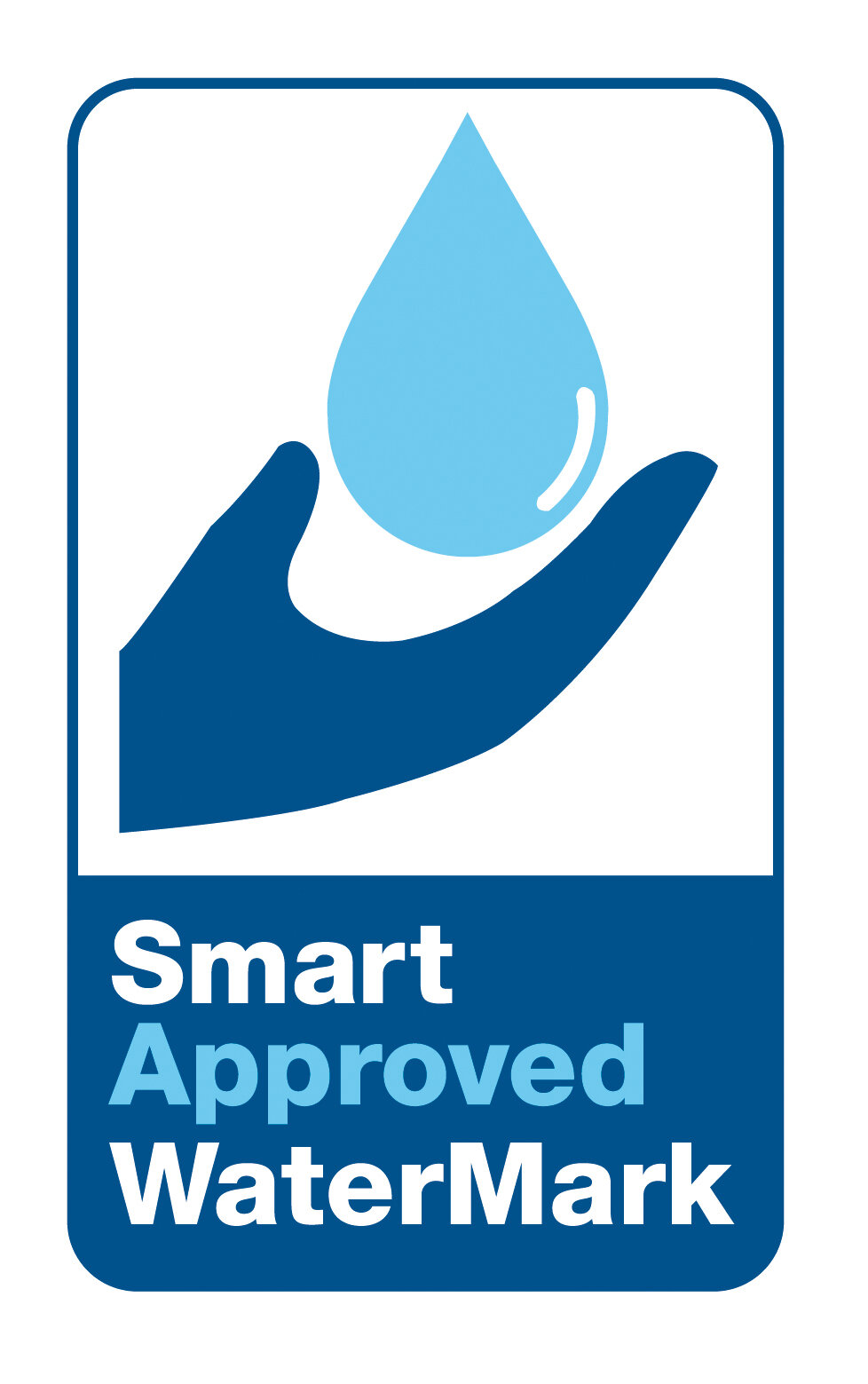KEY FACT
Billions of gallons of water are used annually to flush urinals in the United States. Consequences of this usage include the consumption of natural resources and the construction of new infrastructure to treat and transmit potable water and wastewater.
Waterless or no-water urinals help lessen these effects because they use no water at all. Further, they offer other advantages, including lower utility charges, improved restroom hygiene, and decreased fixture maintenance.
DESIGN AND OPERATION
Waterless urinals appear and work like conventional urinals, except that they do not flush and require no water.
Like ordinary urinals, waterless urinals are plumbed to a standard drain line but do not use a conventional water supply. They utilize sealant liquids that function as a vapor trap. Urine passes through this liquid and goes down the drain. Except for a minuscule amount that escapes with each use, the liquid remains in place to trap odors and prevent them from escaping into the restroom.
APPLICATIONS
No-flush urinals can be installed virtually anywhere conventional flush-type urinals would go. Locations have included airports, schools, offices, hospitals, stadiums, convention centers, parks, and rest areas.
Waterless urinals are suitable for both new construction and retrofits. In both applications, these urinals are installed like conventional ones, except that no water hookup is needed. Waterless urinals fit standard two-inch drain lines but not copper, which can react with the urea in urine to cause pitting and corrosion.
Waterless urinals are an efficient option where facilities are not connected to a sanitary sewer system. Because there is no flushing, septic systems or on-site treatment facilities do not fill with water from urinals. No-flush urinals may also be attractive in locations such as parks and rest areas.
KEY BENEFITS
Water Savings. According to the Environmental Protection Agency, toilets in the United States, flush urinals and toilets consume billions of gallons of water every day. Conventional flush-type urinals use about one to five gallons per flush, depending on their age. Because no-flush urinals use no water, one to five gallons of water is saved with each use.
Low Maintenance. Waterless urinals require little maintenance.
Improved Hygiene. Water used by conventional urinals gives germs in the restroom the moist environment they need to grow. Waterless urinals dry out between uses. This makes them hostile to bacteria and viruses.
Odor Control. The absence of a water-urine blend in the bowl lessens the prevalence of odors often associated with urinals.
Environmental Friendliness. Waterless urinals contribute positively to the environment.
Energy Reduction. Widespread use of waterless urinals could result in an overall reduction in energy use.
“Green Building” Credits. Many new construction projects are earning certification as “Green buildings” under the LEED program developed by the U.S. Green Building Council. Installation of waterless urinals helps gain water conservation points.










